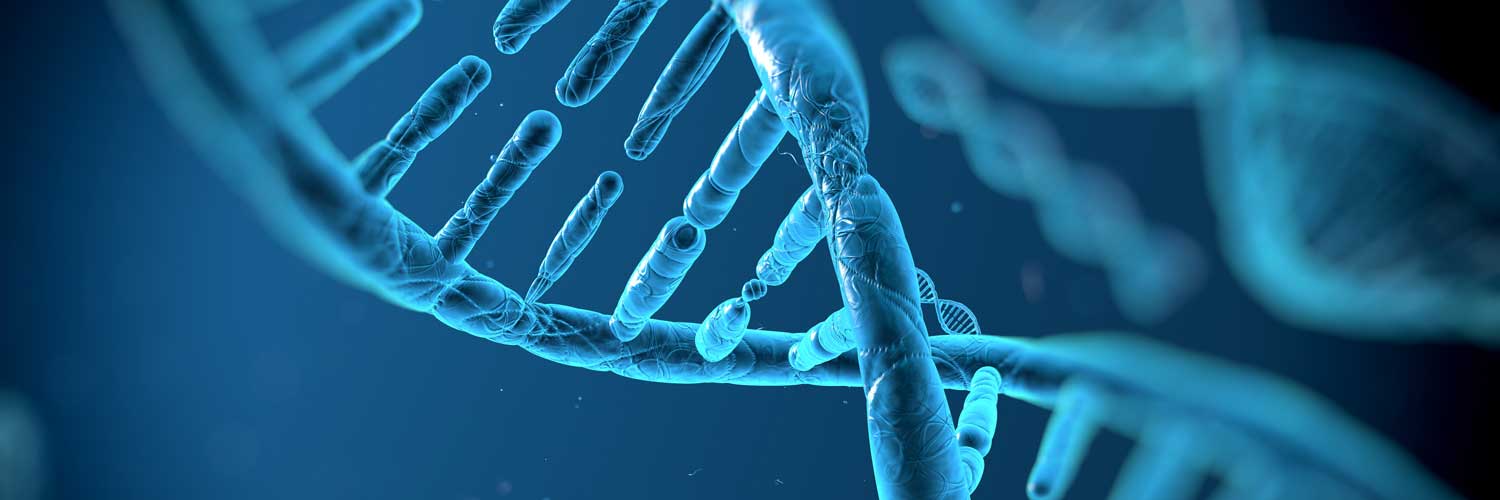Key points of gender selection
- Sex selection, also known as gender selection, is the process of choosing the sex of embryos created by in vitro fertilization (IVF) for personal family balancing reasons or to avoid sex-specific genetic disorders.
- This utilizes preimplantation genetic testing (PGT), a test that biopsies a few cells from the developing embryo for genetic analysis, to determine the sex of embryos.
- After testing, only healthy embryos of the desired sex (male or female) are transferred using IVF to achieve a pregnancy.
- Would-be parents who have a family history of genetic disorders, are carriers of certain genetic conditions, or who have experienced multiple failed pregnancies are prime candidates for sex selection with PGT.

At Ember, everyone is a VIP – very important patient
And we have a thing for the small things: Each Ember patient gets a dedicated fertility coordinator, a patient’s personal care guide through every clinic detail, from the very first phone call to meeting your little miracle. Schedule your appointment today using our online self-scheduling tool.
What is gender selection (sex selection) with PGT?
Sex selection (also referred to as gender selection) uses PGT to identify the sex of each embryo created through IVF. PGT-A, or PGT for aneuploidy, which means an incorrect number of chromosomes, involves analyzing a few cells from each embryo as it develops in the lab to determine if it is male or female.
Although it is commonly used to identify genetic disorders, PGT is also used for sex selection but only in embryos developed with IVF. Sex selection is often referred to as family balancing, which is the decision to have a family with a desired mix of female and male children.
Sex selection is possible due to the different sex chromosome combinations between males and females. Girls have a pair of XX chromosomes, while boys have a pair of XY chromosomes.
While sex selection may not be necessary for all IVF patients, it is a desirable option for many who have specific genetic concerns or family balancing goals. For example:
- Genetic concerns: Those with a genetic disorder that is linked to a specific sex may use sex/gender selection to reduce the risk of passing on the disorder to their child. Examples of sex-linked genetic diseases include hemophilia, color blindness and Duchenne muscular dystrophy.
- Family balancing: Couples who have one or more children of the same sex may choose to use sex selection to balance their family and have a child of the opposite sex.
- Personal preferences: Some prospective parents may have personal preferences for the sex of their child, and gender selection can help them fulfill those preferences.
Considerations in using gender selection for family building
Sex selection using genetic testing when it is not for medical reasons is a topic of debate. At Ember, we approach PGT with the mindset of assisting nature to create the best possible outcome for our patients.
We understand that some families have personal preferences for the sex of their children. Our policy aligns with that of the American Society for Reproductive Medicine: We do not encourage or discourage sex selection for family balancing.
Our fertility specialists are here to guide parents to the best possible outcome for mother and child. We provide each couple or person considering sex selection with the information necessary to help them make the best decision for themselves.
Risks & side effects of sex selection
There are no known side effects associated with PGT itself. However, there are potential risks and ethical concerns related to the use of PGT for sex/gender selection, such as the possibility of reinforcing gender stereotypes. It is important to have a thorough discussion with our fertility specialist, Dr. William Freije, about the risks and benefits of gender selection before making a decision.

No detail too small
- Ember offers a high-tech approach to fertility care that sets us apart from other clinics.
- We use next-generation sequencing for comprehensive preimplantation genetic testing.
- Our state-of-the-art laboratory equipment and techniques ensure the highest quality embryos for transfer.
- We use cutting-edge diagnostic tools to identify any underlying conditions that may impact fertility and inform personalized treatment plans.
- By combining advanced technology with our personalized approach to patient care, we create the best possible outcomes for our patients.
Benefits of PGT
Outside of the ability to select the sex of an embryo, PGT can provide reassurance and peace of mind during the IVF process that only the healthiest embryos were selected for transfer. This is particularly important for couples with a history of genetic disorders or conditions.




